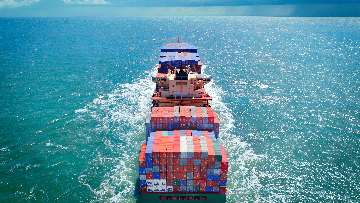Explore opportunities to grow your footprint in Armenia with our help. Discover more about the trade relationship between the two countries, market facts, and other insights.
On this page
Market overview
Top industries
Armenia is an attractive market for industries such as:
- Agriculture and processed foods
- Clean technologies
- Education
- Information and communications technologies
- Mining
Relations and trade agreements
Canada does not have a free trade agreement with Armenia.
Guides, reports, and market snapshots
total entries
No content is available at this time.
No results found for the selected filters.
Please ensure you have spelled your search terms correctly and that you have checked the right filters.
Tariffs, rules and regulations
Understanding regulations and policies relevant to your export market is crucial for success.
Other regulations and policies
Funding, financing and support programs
Contacts
Contacts in Canada
Find out who to contact in Canada or internationally if you are a:
- new or aspiring exporter
- existing Trade Commissioner Service (TCS) clients, international companies, and global representatives
- looking for general information
Additional Government of Canada resources:
- Foreign Representatives in Canada: Addresses and contacts of foreign representatives and international organizations accredited to Canada.
- Import into Canada: Guidance on importing goods and services, including duty reduction programs.
- Immigration, Refugee, and Citizenship Canada: Information about immigrating to Canada.
- EduCanada: Information about studying in Canada.
- Doing business with Canada: Information for foreign company looking to do business in Canada.
Trade offices – Armenia
Embassy of Canada to the Republic of Armenia
Address
Yerevan Plaza Business Center
9 Grigor Lusavorich Street 4th Floor,
Yerevan, Erevan
Armenia
Telephone
+37444775101
Office hours
9:00-17:00
Territories/responsibilities
Armenia
Office closures
- 2025-01-01
- 2025-01-06
- 2025-04-21
- 2025-04-24
- 2025-05-09
- 2025-06-30
- 2025-08-04
- 2025-09-01
- 2025-10-13
- 2025-12-25
- 2025-12-26
- 2025-12-31
Featured

Are you ready for a trade event?
Review our tips and tricks to optimize your participation at events.

